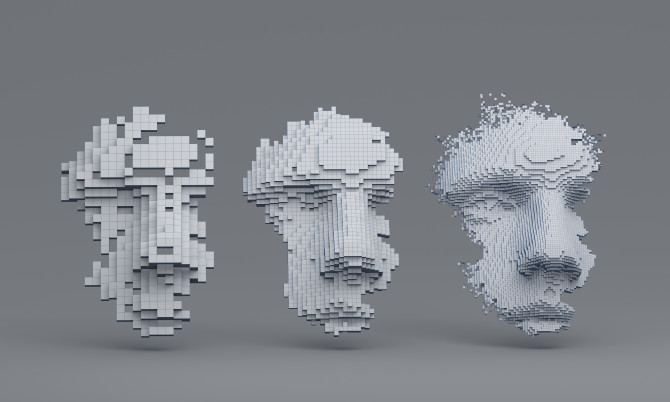Science reality
Once the realm of science fiction, artificial intelligence, has become reality, offering opportunities and challenges for professional accountants...

Once upon a time, artificial intelligence (AI) was all science fiction and no fact. Now that we are experiencing products and services that are enabled and enhanced by AI, we are starting to appreciate its capacity to significantly change how we live and work – and to consider some of the actual and conceivable implications of this.
Public perception changes as we become more familiar with concepts such as AI and machine learning (see ‘AI concepts and categories’ below); but predictions about their potential pros and cons in the future span a bafflingly broad range.
At one end of the spectrum is tech entrepreneur Elon Musk. ‘Mark my words, AI is more dangerous than nukes,’ is just one of his dire warnings about all-singing, all-dancing ‘general AI’, as opposed to the kind of functional, narrow AI that’s used in his Tesla cars (and other current AI applications).
AI concepts and categories
Understanding the potential of AI means also understanding some of its concepts, sub-categories and techniques, such as machine learning, natural language processing (NLP) and predictive analytics.
AI is the theory and development of computer systems that can perform tasks that normally require human intelligence, such as decision-making, language translation and speech recognition.
An algorithm is a set of rules or a sequence of instructions that are followed to complete a task.
Machine learning is an application of AI that uses an algorithm or model to process data, identify and learn from patterns in it, predict similar patterns in new data and use this to improve its performance.
Examples of this include Pinterest (content discovery) and Twitter’s curated timelines.
Deep learning is a subset of machine learning, where artificial neural networks (algorithms inspired by the human brain), learn from large amounts of data. Examples include PayPal, which is using deep-learning fraud-detection algorithms to monitor transactions and identify suspicious behaviours.
NLP facilitates human and computer communication by recognising and responding to nuances in human language. Examples include Baidu (search engine), IBM Watson and Amazon Alexa.
Predictive analytics are used by programs to analyse historical data in order to predict future outcomes. They are often combined with AI techniques. Examples include: American Express (fraud detection) and Einstein Analytics from Salesforce.
Many products and services utilise a combination of multiple AI techniques and tools. Learn more in Machine learning: more science than fiction (https://www.accaglobal.com/in/en/professional-insights/technology/machine-learn- ing.html) and other specialist ACCA reports and resources (http://www.accaglobal.com/digital).
At the other end of the spectrum is Steve Wozniak, co-founder of Apple. He used to share Musk’s forebodings, but in 2018 he declared: ‘AI doesn’t scare me at all,’ because a two-year-old child only needs to see a dog once to always recognise one and a computer can’t get near that until it’s seen a dog over and over again.
Dame Wendy Hall, computer science professor at the University of Southampton, and an expert on AI, has a more balanced perspective on its future. ‘There will be lots of positive benefits. But we need to get a grip of the downsides,’ she says, because change is happening very fast. AI technologies such as natural language processing (NLP), machine learning and machine processing are already being used to improve processes, enhance interactions, solve problems, perform functions and make decisions that used to be the preserve of humans, and Hall says we can expect ‘escalation and acceleration’.
Wykorzystałeś swój limit bezpłatnych treści
Pozostałe 76% artykułu dostępne jest dla zalogowanych użytkowników portalu. Zaloguj się, wybierz plan abonamentowy albo kup dostęp do artykułu/dokumentu.






 Zaloguj się
Zaloguj się











